Kyoto! Nigishi Market – Aritsugu Knives – Saba Zushi
Our article on Arigitsu Knives is an oldie but goodie fro 2009. We look forward to visiting again soon.
Beautiful Kyoto, Japan
Kyoto is embraced with the beauty of Japan’s past. History is preserved in the city’s old buildings, valued temples and scenes of traditional life that still roam the narrow streets.
Going to Japan we had no wants of trinkets, souvenirs, or other little nick-knacks to bring home. We only desired for the experience of Japan’s modern savvy and its treasured past, and to acquire two things. In Kyoto we would experience a bit of Japan’s past and find the first of our two treasures; a knife crafted in Japan.
Our original plan was to go to Sakai, just outside Osaka, where it is the heart of Japanese knife making. However without proper introductions it would be difficult to get in behind the scenes, plus a day searching for the knife makers would seriously cut into our food exploring time.
In order to make the best use of our short time in Japan, we went with Plan B; ask the locals and find a great knife merchant. Whether we were in Tokyo or in Kyoto, one name came up repeatedly. Aritsugu at the Nishiki-Koji Market in Kyoto was knife maker to find.
This was a double bonus for us. We’d been told Nishiki (as the locals call it) is the place to go to in Kyoto to find great street food and stalls, so it was already on our list of places to visit. Then to add on the prospect of being able to find a great Japanese knife, my heart was starting to pound. I’ve always been fascinated Arigitsu Knives.
Nishiki Market in Kyoto, Japan
Nishiki Market was everything it had been touted to be. Several blocks long down a narrow street in the heart of Kyoto, it had a roof overhead to protect from the elements, and was packed continuously with street stalls mostly focused on food: noodle shops, pickled goods, fish mongers, fruit vendors, mochi places, places-we-have-no-idea-what-they-are-called-but-had-really-tasty-stuff.
We ate, sampled, sniffed, and stared at all of the beautiful foods at Nishiki Market. Well, we tried not to stare too much, since we’ve found the Japanese tend to be super polite in the not-staring department and we didn’t want to offend.
In several of the stalls we found one of the great culinary specialties of Kyoto, saba-zushi.

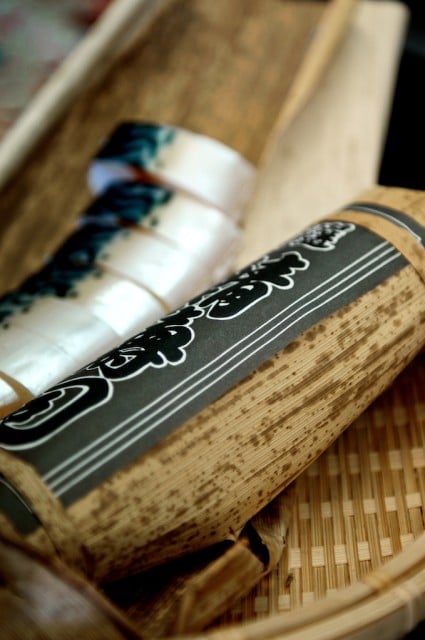
Arigitsu Knives, Kyoto Japan
We continued working our way through the market, until the glint of steel caught my eye. “ARITSUGU!” bellowed my head in a deep, gutteral, Japanese rhythm.
Diving into the Aritsugu knives shops, we had no knowledge of their history or quality. We were following the recommendations of people we trusted and would be basing our purchases off of gut feelings.
After wandering and admiring the store for a bit, I started talking to one of the sales ladies, me in my broken Japanese, her in her broken English. She would bring out several different type of blades and explain their differences: carbon steel, stainless steel, combinations of both, double edged, single edged, and all the different shapes.
Originally I was intent on buying a Japanese style knife, but Aritsugu also makes western style chef knives, and the second I felt one it merged into my hand extending effortlessly and with purpose. “Be true to thyself” echoed in the back of my head and I knew this was the knife for me.
After nodding my acceptance and handing over a little less than ¥20,000 (@ $225) for a roughly 9 1/2″ chef knife, they finished sharpening it, showed me how to care for and sharpen it myself. Then they asked if I wanted it engraved with my name. After a moment’s thought, a glimmer came to my eye and I pointed at the tattoo on my forearm – “Cowboy” written in katakana.
They smiled, nodded and engraved the steel that would become my own. While the craftsman engraved, in Japanese I haltingly told the curious shopkeepers that it was the name my dad called me growing up. Their faces beemed and lit up with approval. “Ahh, you cowboy!” they exclaimed, mimicking a lasso being thrown. It seemed they were happy to a have one of their knives going home with me.
After a final cleaning and wipe, they finished the sale in classic Japanese artful attention to detail. After boxing the knife, she delicately wrapped the box in paper, then taking the wrapped box, she laid it in a cloth with their name written in Kanji and containing their crest, and carefully tied the box in the cloth. Then everything was placed in a bag then they bowed and handed me my knife. I bowed in return and thanked them, leaving the shop to their chorus of thanks.
It was only after we got home that I researched more about Arigitsu Knives. Like saba zushi, Aritsugu’s history dates back to the 16th century. The original founder opened shop and began crafting blades in 1560, and at one point was making swords for the Imperial family. Today they have transitioned to culinary knives (among other similar tools) and are probably one of the most well known knife makers within Japan, debatably one of the best. If you’re curious for more, zknives tells it with much more knowledge than I can.
Whether or not they are the “best” I can’t tell you, however what I can tell you is that the knife cuts beautifully. As much as I loved my Wusthofs (and I had recently sharpened my chef knife to its finest level since I’ve owned it) they are nothing compared to the way this knife from Aritsugu cuts. Slices are effortless and dead straight, with only a slicing motion and virtually no pressure beyond gravity pulling the knife through the food. The knife is actually lighter than my Wusthof chef knife, even though it is an 1 1/2 – 2″ longer and as tall of a blade. After only a couple days of cooking I am already in love. If the blade holds its edge as well as people have said it will, I will be dumb-foundedly awed.
The Arigitsu Knives I bought has a carbon steel core and cutting edge with the outer surfaces being wrapped in stainless steel on all but the last 1/2″ of the cutting edge. If you look closely at the pictures of the knife, especially the bottom picture of the collage of 4, you can see where the stainless steel ends and the carbon steel begins. The carbon steel edge will rust if not taken care of, however Aritsugu can rest assured that this knife will be respected and well cared for.
Thank you Aritsugu, for your care and craftmanship. I shall always cherish, value, and use your pounded, tempered, and honed steel. どうもありがとうございます.
**A note for those who would like to purchase an Aritsugu knife without having the chance to go to Japan: They tend to be hard to find, and when you do find them they usually don’t have the finished sharpening. It is a fairly common practice amongst Japanese knife makers, maybe with the understanding that a serious person who buys their knife will know how they want it sharpened and will do so after they have received it. Just so ya’ know.
-Todd
hope you enjoyed our article on Arigitsu Knives . Read all our Japan travel articles here.

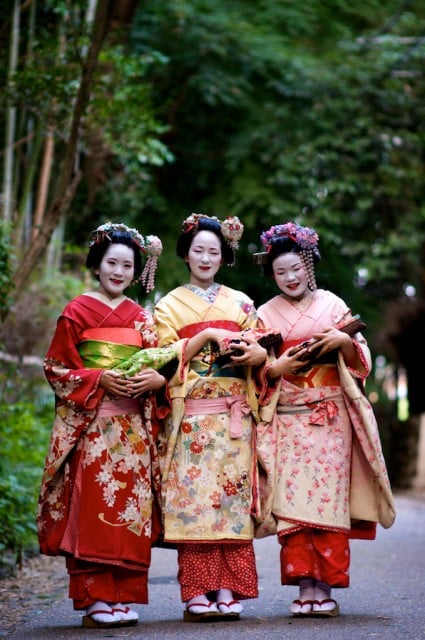
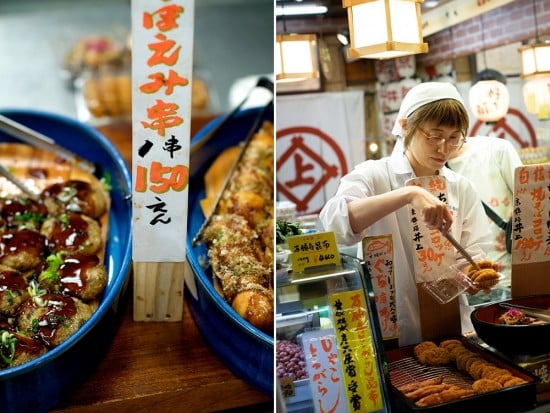
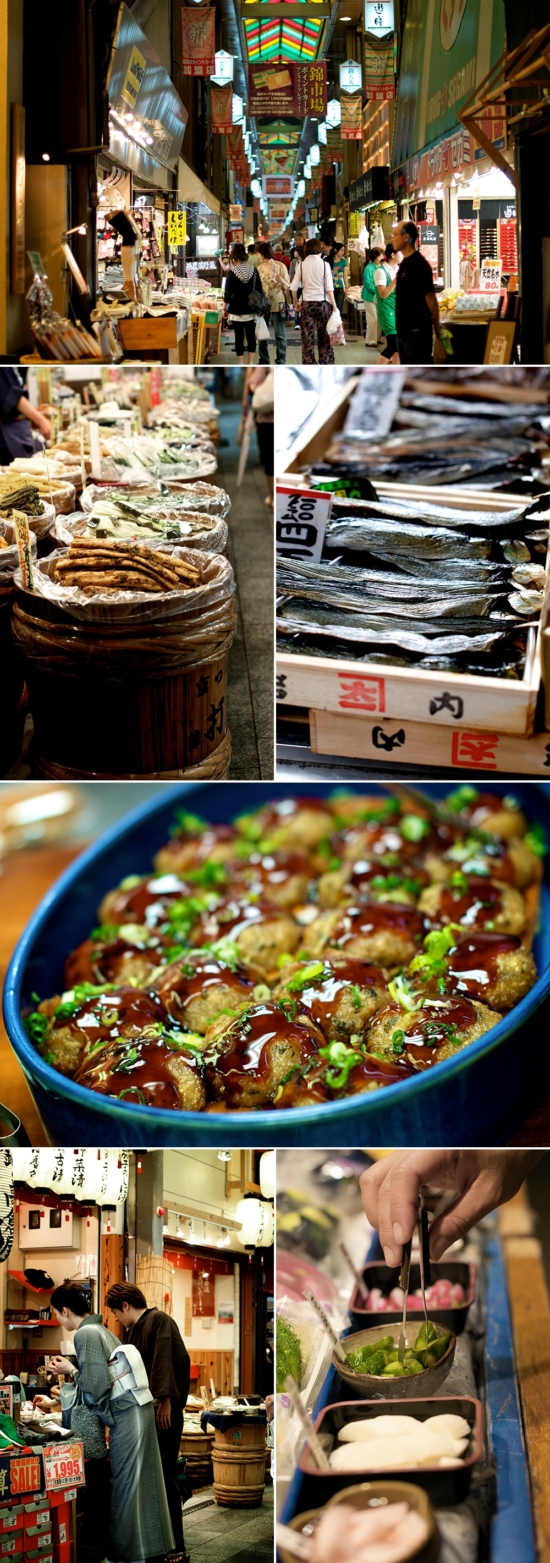
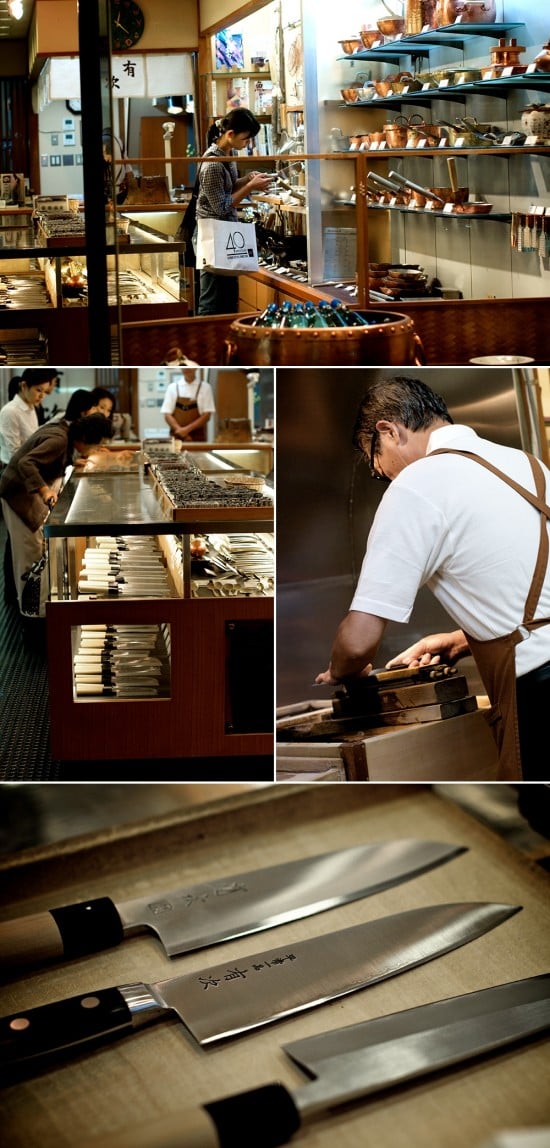
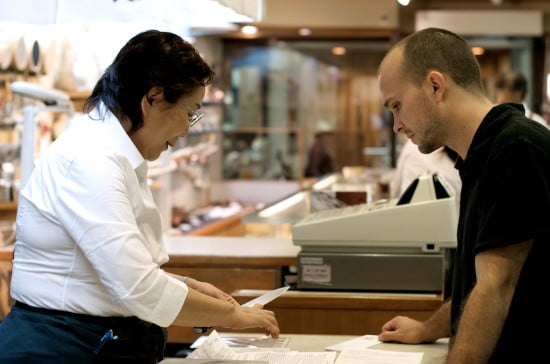
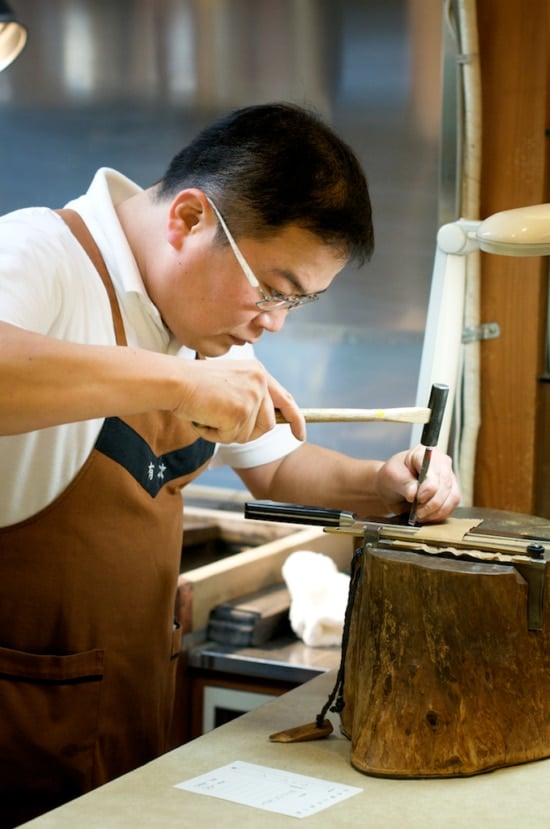
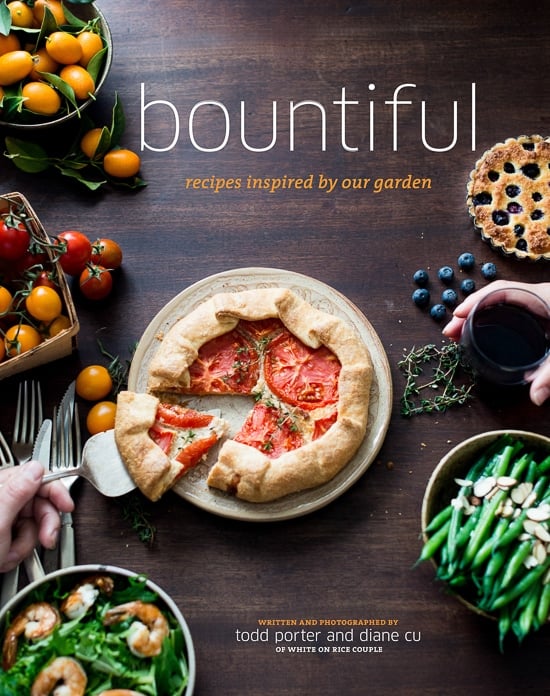
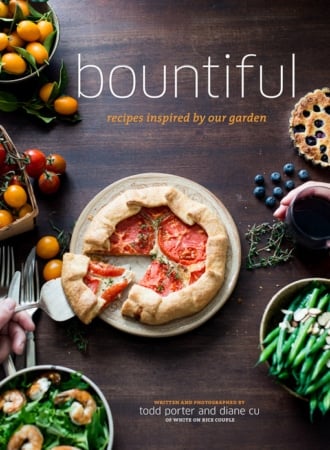


Thanks for all the great comments on all of the Japan posts. Sorry we didn’t have time to reply to everyone, but we did try to at least respond to those who had direct questions. And a double thanks to all of you who helped provide additional information on twitter and in the comments for us and for all those who were interested.
Thanks Chika for meeting up with us in Tokyo. Wish there was time to have been able to get together another time or two, but it was a whirlwind trip. Next time we get to Japan if we are in your area, promise.
So sorry we weren’t able to meet up with you, Rachael and Brad. We will be back to Japan, so hopefully next time for you guys, too.
Japan was an incredibly gracious host to us and it was sad to leave. I thought I would enjoy Japan, but I didn’t expect to become emotionally attached. We hope everyone has enjoyed following along with us on our travels. Occasionally we may share more stuff on our trip, but life continues moving, so we’ll be posting about what is current in our lives at the moment.
We loved love to continue hearing about further suggestions to visit next time. It is very helpful to us and to many who will be reading the comments.
Thanks again everyone.
Todd
It feels like I took a mini vacation right here 🙂
what a cool story! this post and the fish market posts have been my favorite. i’m going to have to budget for an Aritsugu knife on my next visit.
Another great post! I feel like I’ve been right alongside you, tasting and experiencing Japan.
wow, just fantastic! and that knife. holy cow. Aritsugu are incredible, and a great history to them too. For sharpening, I totally recommend http://www.epicureanedge.com/ . Daniel there is one of the top knifesmith’s in the US, and specializes in Japanese knives. 10degrees is very fine indeed! keep us posted on how you find the knife in a few months. I have been looking for a new chef’s knife, this could be it!
I used to work at Nishiki, in one of those fish vendors that catered for the most expensive ryotei’s in Kyoto. Great to see the place again on your blog. Oyakata had the most amazing set of knives — he won’t even let us touch them.
If you have a liking for fermented sushi, (the narezushi type), I recommend funazushi 鮒鮨, a specialty from the Lake Biwa area. Real fish lovers like them strong!
This is easily my favorite of your Japan posts so far. Brad and I went to Nishiki and loved it. We took so many photos of the food and at one point, just sat down and were in awe of the people and variety of stands that extended in every direction. I am still saving up for my own Japanese knife. While living here, that is the one thing that I do not want to go home without. Enjoy your “Cowboy” engraved piece of craftsmanship. Thanks for sharing so beautifully about your trip.
-Rachael
Excellent that you picked up an Aritsugu knife. For visitors of Tokyo, they can also be found in the Tsukiji fish market (about three rows before the popular Sushi Dai and Daiwa Sushi). When I take friends there, we go to the knife shop first so the knife has been engraved and sharpened by the time we finish our sushi breakfast.
I loved the way you wrote this! Everything from the description of the shop. the artisans and your sheer appreciation of their work. Beautiful knife and beautiful piece.
The gods were on your side! Great food and the perfect knife shop. Clearly, it was meant to be!
Ah, you two are living one of my dreams, to travel in Japan! Your new knife is stunning and I can only imagine how enjoyable the experience was.
Great photos! The knife looks amazing. Would love to go there someday.
Hi Todd – Love the カウボーイ engraving! Glad to see you made it to Aritugu and found THE one for you. Aren’t their knives beautiful? So are other things there – copper and brass pots and pans, vegetable cutters and cooking utensils, etc… I could spend quite a lot of time in that tiny shop admiring their products, but the real beauty of them will, of course, be using them by yourself. Would love to have my own one day!
Wow what gorgeous photos and that beautiful shiney new knife. I am jealous cowboy! Congrats.
Lovely, lovely, lovely.
Thanks for sharing your Japan/Kyoto experiences. I visited Kyoto long before I was into food porn, he, he. Now you are making me want to come back and travel with different eyes and savor Japan with a ……different tongue!
Your photos of Kyoto’s Nishiki are making my mouth water. What is in the teal colored serving dish? It looks delicious. I am trying to imagine the smells and tastes. You are making me want to hop in a plane right now! But I can not, so I will print up all of your recommendations and save them for my trip to Japan. It looks like you are having a wonderful time.
-Michaela